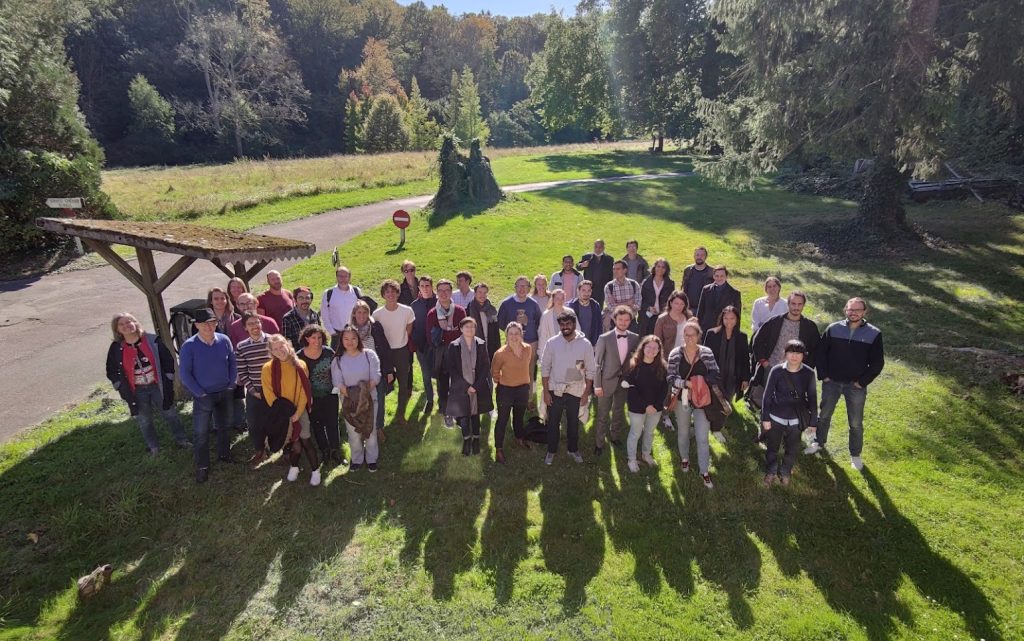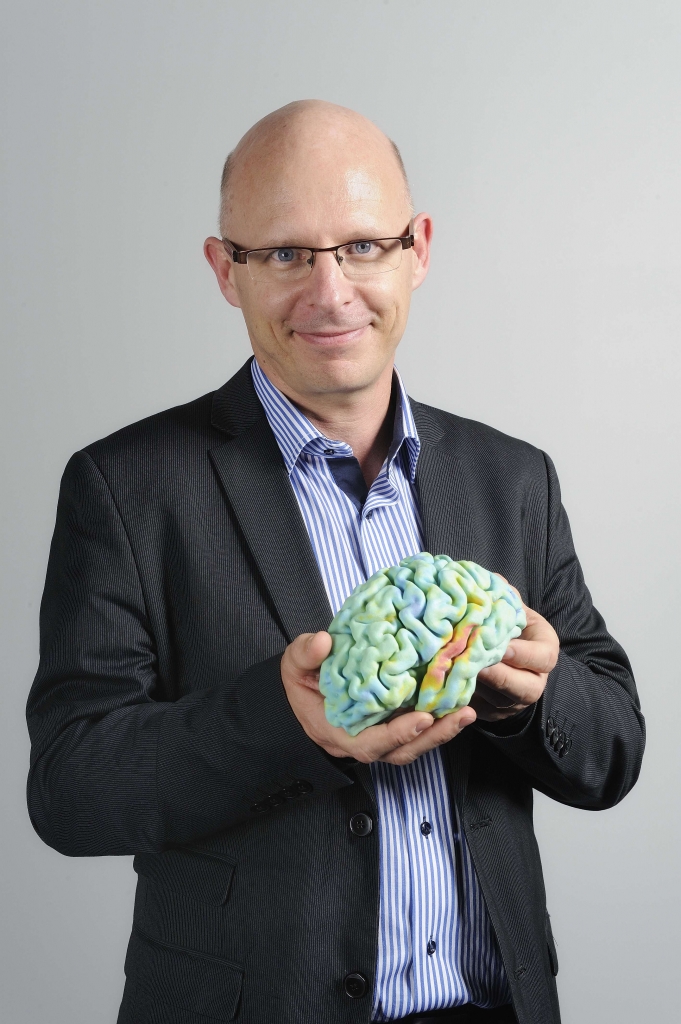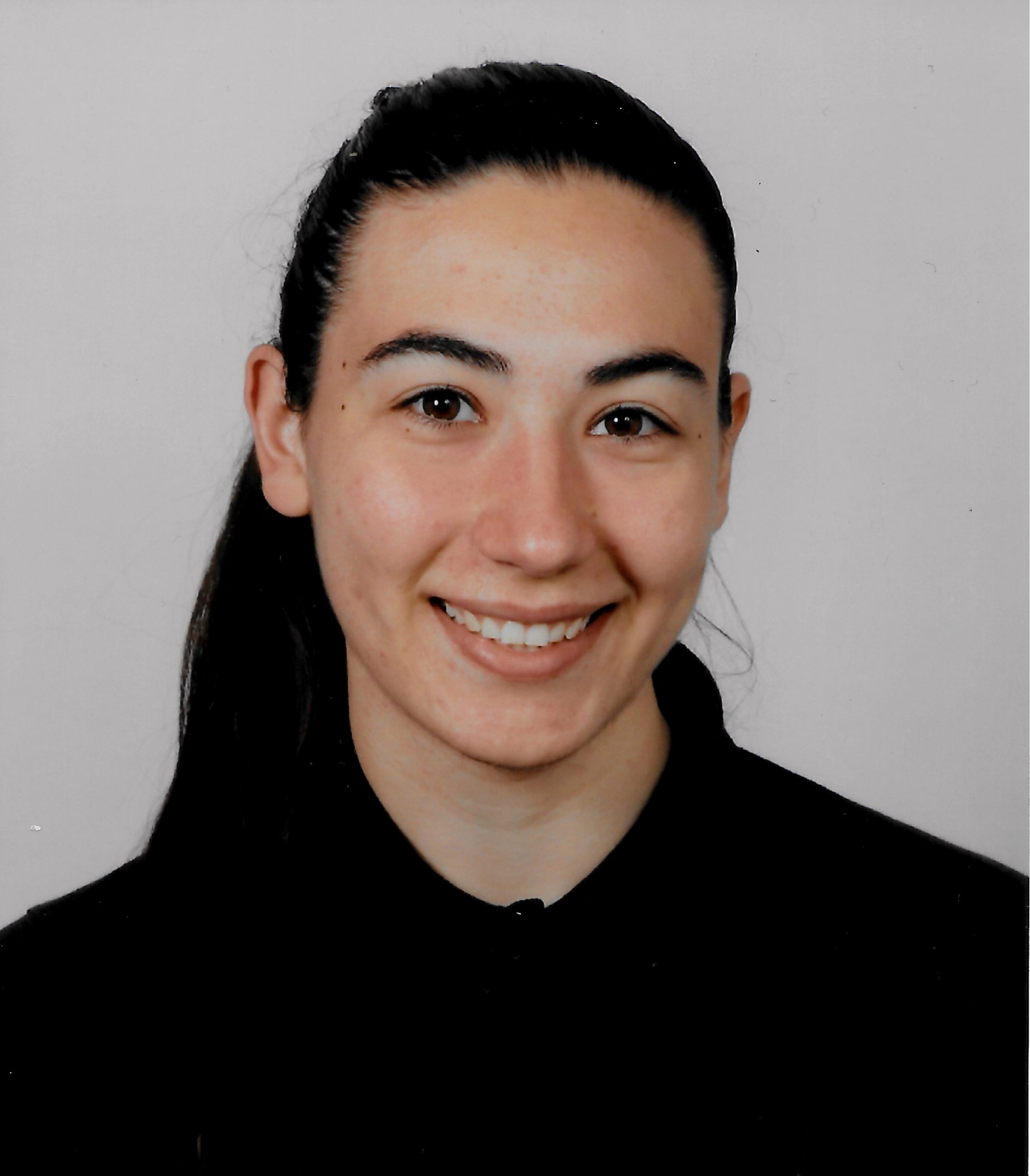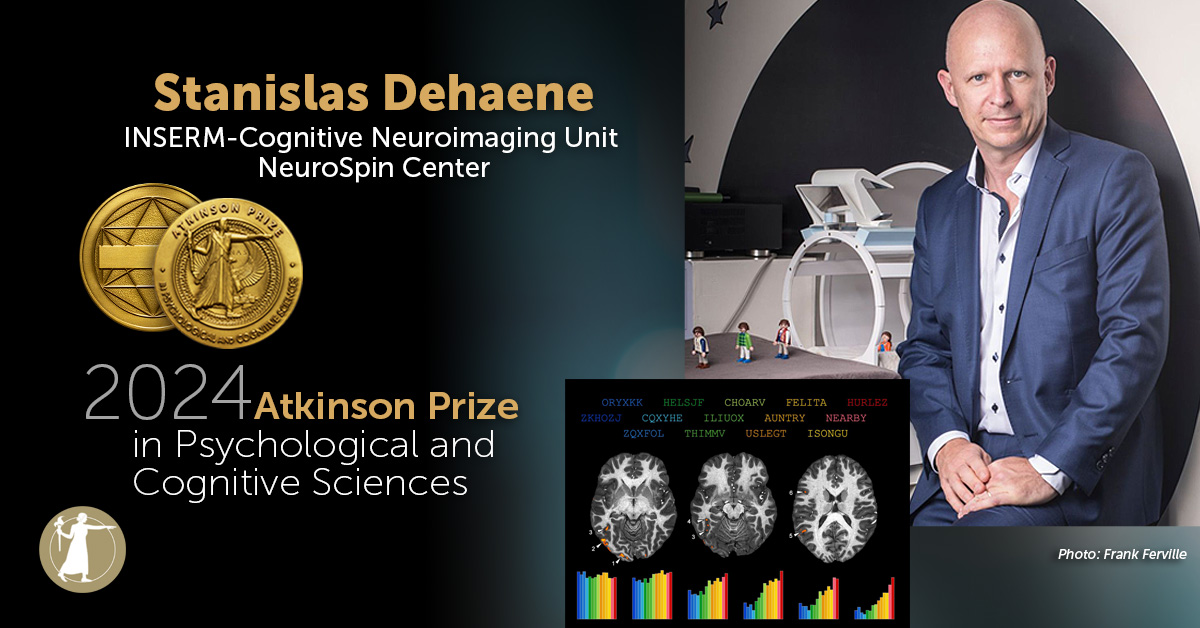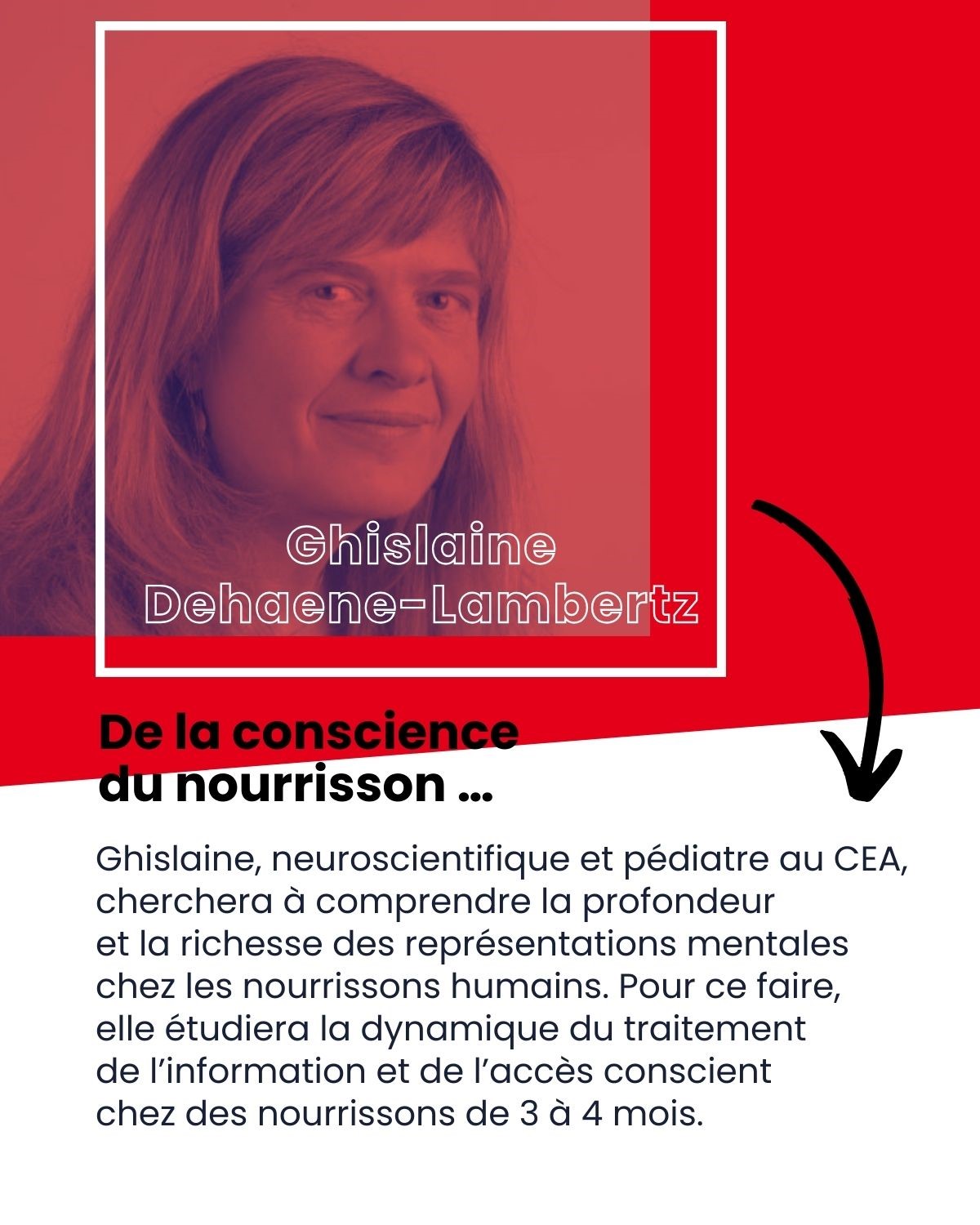Author: adi_uni
-
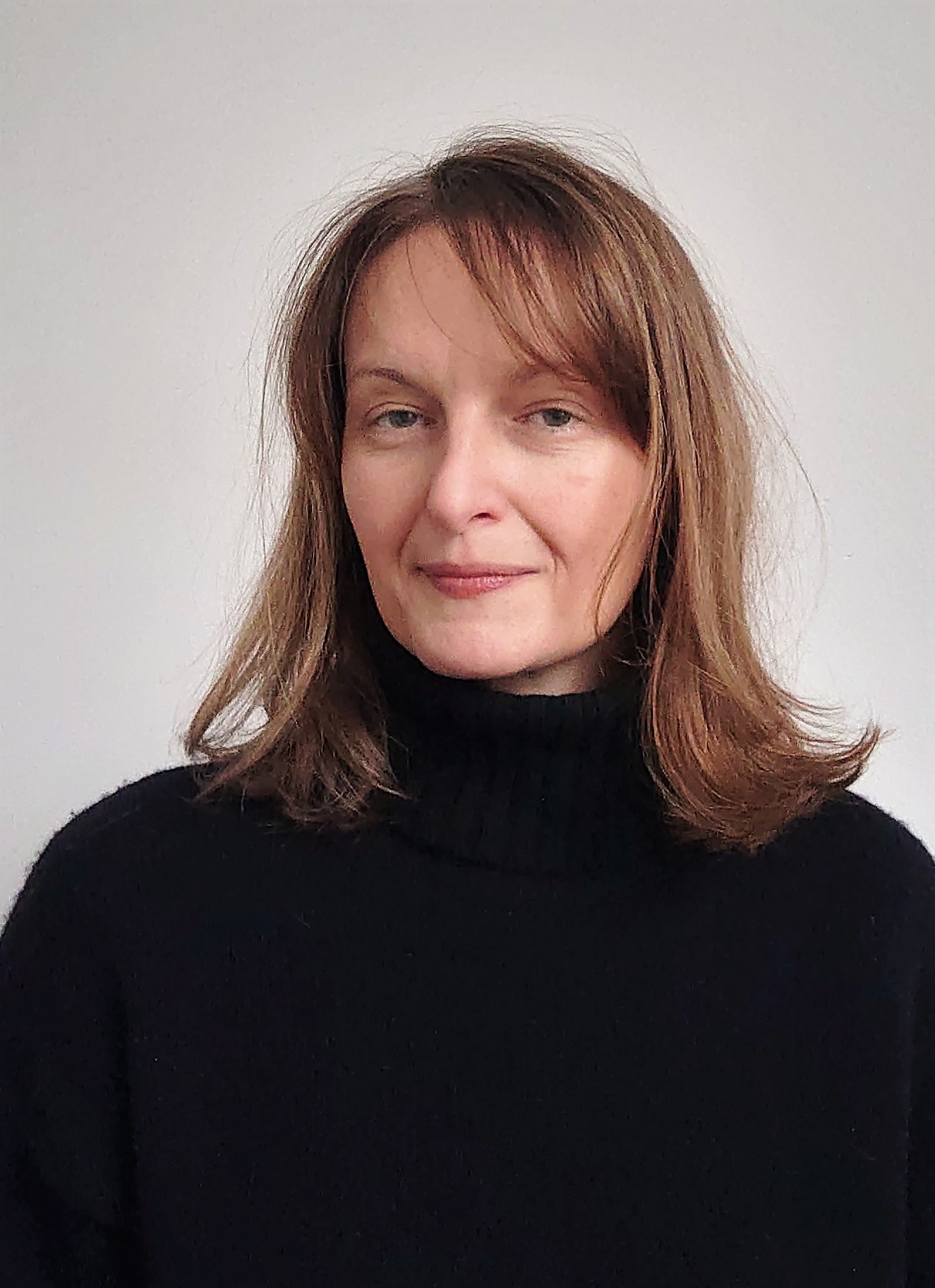
Virginie van Wassenhove awarded an ERC Synergy Grant Talents
The Chronology project, involving four researchers, including Virginie van Wassenhove, has been awarded a grant of up to €10 million for six years.
-
10 January 2025 Sophie Herbst defended her HDR
“Implicit and explicit representations of time”
Understanding how the human brain processes time remains a significant puzzle in cognitive neuroscience. Timing is a fundamental cognitive process that transcends sensory modalities and plays a crucial role in integrating information across the senses. It is particularly relevant in audition, where the brain must make sense of complex sound signals extending in time.
My primary research agenda is to contribute to a better understanding of the cognitive and neural mechanisms underlying the orienting of attention in time during implicit timing, and its functional consequences for audition. I have demonstrated that temporal predictions are formed automatically, even from subtle temporal regularities in the sensory environment, and enhance the sensitivity of the auditory analysis. I have also contributed to a better understanding of the neural dynamics that implement temporal prediction, by showing that delta oscillations phase reset with temporal cues in aperiodic and periodic environments, and that endogenous delta oscillations can be characterized non-invasively with magnetoencephalography in humans.
Read more
An important question is whether the brain treats temporal information differently when producing implicit predictions of time intervals versus when explicitly estimating durations. My recent work suggests that there are qualitative differences between temporal representations for implicit and explicit timing, as behavioral markers diverge within individuals. Nevertheless, the underlying neural dynamics overlap partially. Another line of research I have contributed to is the storage of duration in working memory, where we have recently been able to provide evidence in line with an abstract code for duration in the form of items, akin to working memory for visual or auditory attributes.
In my current research, I aim to elucidate how humans form temporal predictions from the temporal statistics of the sensory environment using Bayesian modeling, and to deepen the study of the interplay between implicit temporal prediction and auditory processing.
In my future work, I propose an integrative neuroimaging approach to provide a comprehensive assessment of the distributed anatomical and precise temporal dynamics of temporal prediction for audition in humans. In summary, my work aims to contribute to a more mechanistic understanding of how the brain encodes and represents temporal intervals in various situations.
-
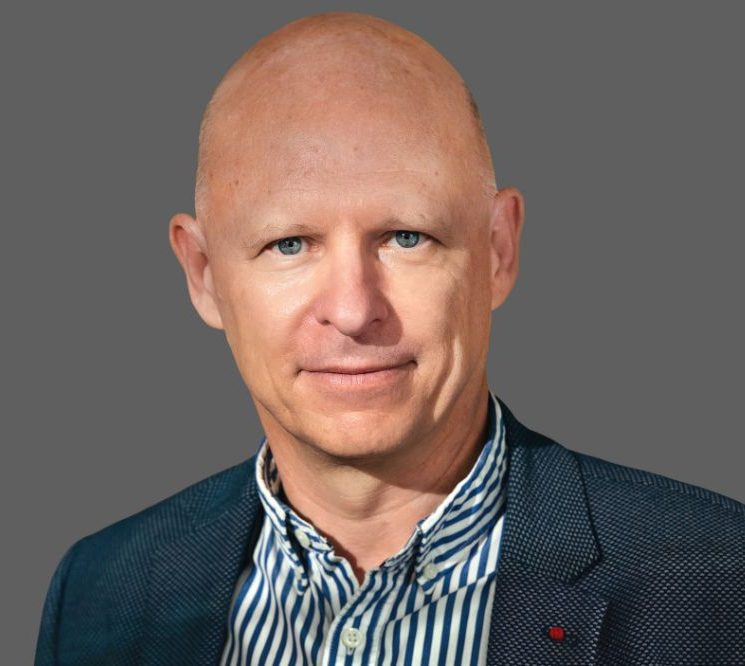
17 March 2025 Stanislas Dehaene received the 2025 Lewis Thomas Prize for writing about science
Throughout his career as a scientist and author, Stanislas Dehaene has demystified the inner workings of the mind. His writing has introduced readers to the brain’s intricate architecture, with its specialized neuronal locations and structures primed to react to language, numbers, subliminal messages, and more.
For his imaginative ability to turn complex and enthralling scientific research into beautifully crafted prose, Dehaene will be presented with the Lewis Thomas Prize for Writing about Science at The Rockefeller University on March 17. The prize, named after noted physician-scientist and essayist Lewis Thomas, honors scientists as inspirational authors.
“Stan Dehaene convincingly argues that surprise is the driving force of learning: No surprise, no learning,” says Jesse H. Ausubel, chair of the selection committee. “His books abound with surprises—how babies calculate, how brains behave at the movies, how synapses are the mushrooms of learning—and exemplify how great teachers write.”
Read more
In his book How We Learn, Dehaene chronicles his experiments to show how the brain uses reasoning, abstract concepts, and systematic rules to model the world, and how education and neuronal recycling reinvent that process. He details the interplay of nature and nurture in constructing the human brain and offers science-based principles to demonstrate how a child’s cognitive development is transformed through learning.
In his most recent book, Seeing the Mind, Dehaene takes the reader into the visual realm. He pairs one-page essays that narrate how neuroscience has evolved across time with striking images of the brain, such as multicolored branches of cortical neurons and layered brain silhouettes.
Dehaene grew up in Roubaix, France and earned his graduate degree in cognitive neuroscience from l’École des hautes études en sciences sociales in Paris. In 1989, he became a research scientist at France’s National Institute of Health and Medical Research, advancing to director of research in 1997. Today, he holds the inaugural Chair of Experimental Cognitive Psychology at the Collège de France in Paris and is director of NeuroSpin, France’s advanced brain-imaging research center.
Dehaene’s research in neuroscience has involved imaging how cognitive and brain organization differs in adults and children from diverse backgrounds—looking, for example, at the neural activity of blind individuals, mathematicians, adults who never learned to read, or two-month-old infants exposed to spoken sentences. His work illustrates the human brain’s adaptability, as well as its neural pre-programming, present at birth, which is specialized to represent numbers and acquire language. Dehaene has earned many accolades, including the French National Order of Merit, the Chevalier de la Légion d’Honneur, and the Brain Prize. He also has been inducted into numerous international scientific societies, including the National Academy of Sciences and the Royal Society.
Recent recipients of the Lewis Thomas Prize include theoretical physicist Carlo Rovelli, forestry researcher Suzanne Simard, social psychologist Jennifer L. Eberhardt, physician Siddhartha Mukherjee, and astrophysicist Kip Thorne.
-
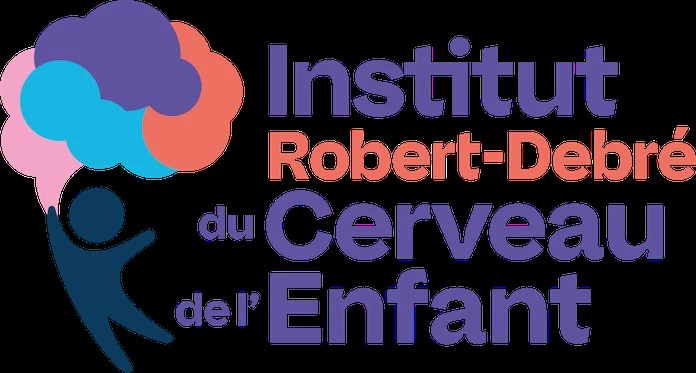
19 March 2025 – Official launch of the Robert Debré Brain and Children’s Institute
For over 20 years, the Robert-Debré AP-HP hospital has focused heavily on neurodevelopmental disorders, with 50% of its activity tied to this field. The InovAND center of excellence, led by Prof. Richard Delorme, and the Neuro-Diderot research unit, headed by Pierre Gressens, are key pillars in this effort. Prof. Delorme and Prof. Thomas Bourgeron (known for identifying the first autism gene in 2003) have collaborated on autism genetics.
A turning point came during the 1000 Days Commission, when Prof. Delorme and Dr. Ghislaine Dehaene proposed expanding the project into education. This led to the creation of the Institut Robert-Debré du Cerveau de l’Enfant, uniting cognitive science, biology, education, and healthcare to support children comprehensively at school, home, and in the hospital.
